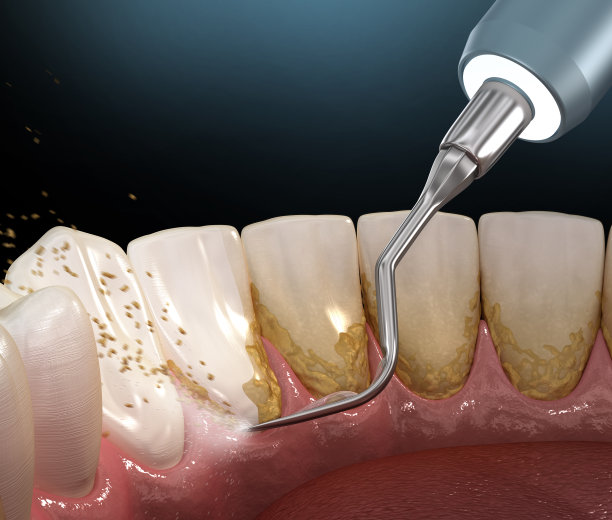Essential Precautions to Ensure Successful Root Canal Treatment and Improve Patient Safety During Procedures
Summary: This article discusses essential precautions for ensuring the success of root canal treatment while enhancing patient safety throughout the procedures. It highlights the importance of thorough diagnosis, meticulous preparation, effective infection control, and continuous monitoring during treatment. Each aspect is vital for reducing complications, improving treatment outcomes, and ensuring that patients feel safe and cared for. By focusing on these key areas, dental practitioners can deliver high-quality care, ultimately leading to improved patient satisfaction and trust in dental services.
1. Importance of Thorough Diagnosis

A comprehensive diagnosis is the cornerstone of successful root canal treatment. Before initiating any procedure, dentists must utilize various diagnostic tools, such as X-rays and 3D imaging, to thoroughly assess the condition of the tooth and surrounding structures. This enables practitioners to identify complex root canal systems, hidden fractures, or other potential issues that may complicate treatment.
Additionally, understanding a patients medical history is critical. Dentists should inquire about any existing health conditions, allergies, or medications the patient may be taking. This will help in evaluating the risk factors and tailoring the treatment plan accordingly. Ignoring these considerations can lead to preventable complications during or after the procedure.
Finally, engaging in open communication with the patient is also essential. Dentists should explain the procedures, possible risks, and anticipated outcomes clearly, allowing patients to make informed decisions. This involvement fosters trust and helps in establishing a collaborative relationship that enhances the overall treatment experience.
2. Meticulous Preparation for the Procedure
Proper preparation is vital for minimizing risks during root canal treatment. Before beginning, dental practitioners should ensure that all instruments and materials are sterilized and organized. This not only streamlines the process but also significantly reduces the chances of cross-contamination and infection.
A critical aspect of preparation includes having a well-equipped workspace, ensuring that everything necessary for the procedure is within easy reach. This helps dentists focus on the treatment without unnecessary interruptions, thereby improving efficiency and patient safety.
In addition to technical preparations, dentists should also prepare their patients by providing guidelines for pre-treatment care. This may involve dietary recommendations or medication instructions, which can help in reducing anxiety and ensure that the patient is in optimal condition for the treatment.
3. Effective Infection Control Measures
Infection control is paramount in any dental procedure, especially in root canal treatments where potential exposure to bacteria is high. Implementing strict aseptic techniques is crucial. This includes wearing appropriate personal protective equipment (PPE), such as gloves, masks, and face shields, to protect both the patient and the dentist from infectious agents.
The use of antiseptics, both for the patient’s oral cavity and the instruments, further reduces the risk of infections. Dentists should also consider using rubber dams during the procedure to isolate the tooth being treated and prevent saliva from contaminating the root canal area.
Moreover, educating patients on post-treatment care can significantly enhance infection prevention. Dentists should advise patients on maintaining excellent oral hygiene and avoiding potential irritants following their procedure, such as tobacco use or hard foods. This proactive approach limits the chances of complications and facilitates quicker healing.
4. Continuous Monitoring During and After Procedures
Continuous monitoring of patients during the root canal procedure is essential for ensuring safety and addressing any emerging issues promptly. Dentists should routinely check the patients vital signs and overall comfort levels throughout the treatment. This vigilance allows for the early identification of any distress signs or complications, enabling immediate intervention when necessary.
After the procedure, it is equally important to monitor patients closely during recovery. Regular follow-ups to assess healing progress can quickly identify potential issues, such as persistent pain or signs of infection. This proactive follow-up ensures that any complications are managed effectively before they escalate.
Additionally, providing patients with clear instructions on what to expect post-treatment is crucial. Educating them on potential discomfort, recommended pain management techniques, and when to seek further assistance fosters a sense of security and awareness, contributing to overall patient safety.
Summary:
In conclusion, ensuring successful root canal treatment requires attention to various essential precautions. From thorough diagnosis to meticulous preparation, effective infection control, and continuous monitoring, each factor plays a significant role in enhancing patient safety and treatment outcomes. Focusing on these aspects not only mitigates risks but also establishes a culture of safety and trust in dental practices.
This article is compiled by Vickong Dental and the content is for reference only.



